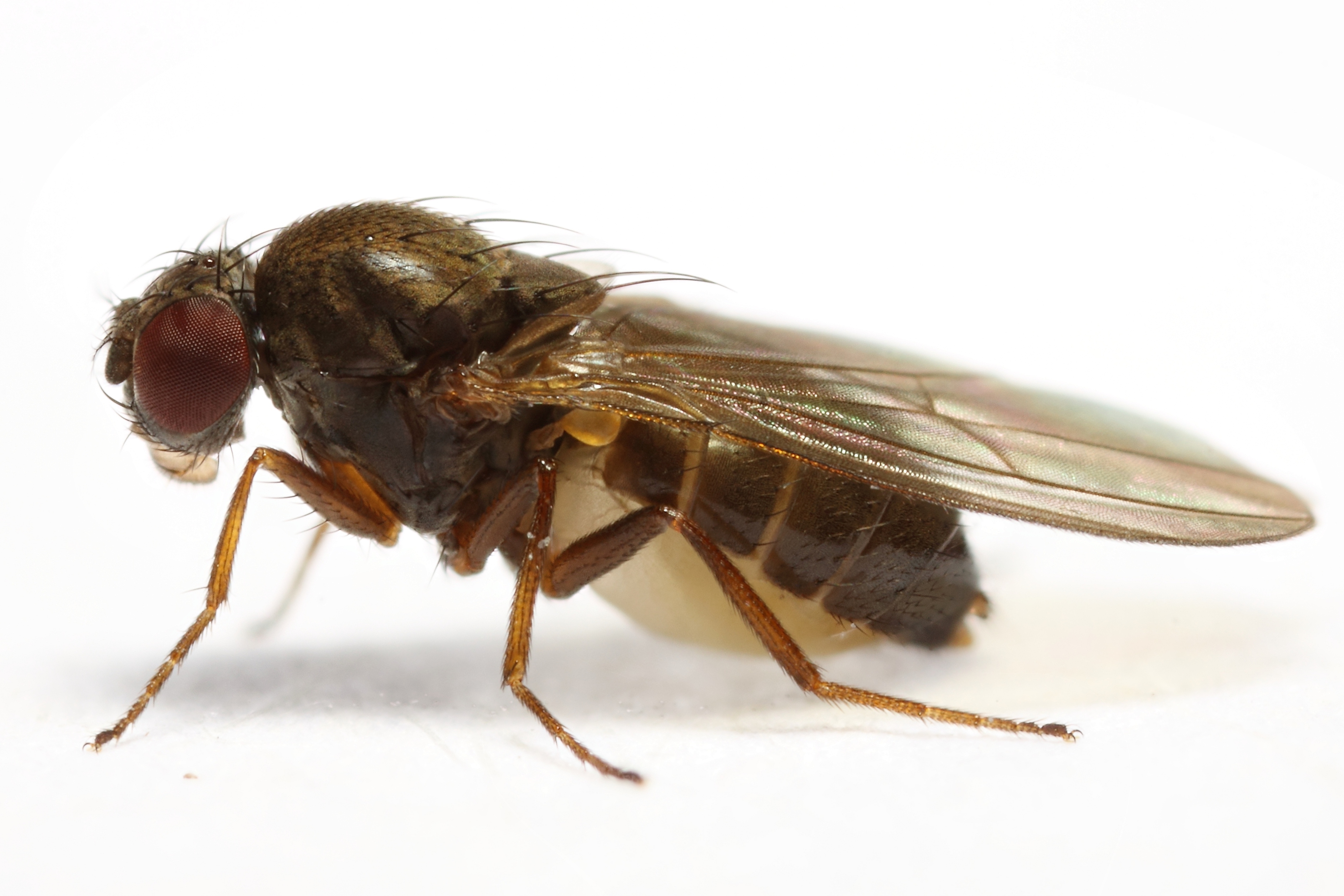A new study published in Evolution Letters has demonstrated a crucial role for genetic incompatibility in preventing the spread of selfish sex chromosomes across populations. Science blogger Luke Turner tells us more.
Competition between genes can be fierce in the battle to be expressed in the next generation. While this is often manifested as competition between individuals for reproductive success, it can also take place between the genes of a single individual, with some genes finding ways of cheating their way into offspring. Known as selfish genetic elements, the sole ambition of these DNA sequences is to actively increase the number of times they are transmitted to the next generation. When these selfish sections of DNA occur on one of the sex chromosomes, they can lead to significant and potentially damaging ecological impacts on species, most notably by altering the ratio of males and females in a population.
While normal cell division gives both copies of a gene an equal chance of being expressed in daughter cells, these selfish genetic elements – also known as sex chromosome meiotic drivers – manipulate the process to increase their own transmission at the expense of the rival chromosome. In species where males are the heterogametic sex (i.e. possess two different sex chromosomes, such as X and Y), this results in over 50% of functional sperm containing the selfish chromosome, allowing it to spread quickly through subsequent generations.
In natural populations, meiotic drivers can be found at variable frequencies across different geographical locations. This is the case in the fruit fly species Drosophila subobscura, where the presence of the sex chromosome meiotic driver varies between different populations. In Northern Africa, it is present in 15–25% of the population, but its frequency is as low as 0–2% in nearby Spain. Despite the power of meiotic drivers to boost their own expression in populations, these frequencies have remained surprisingly constant for 50 years, begging the questions; what exactly is preventing the selfish genetic element from appearing at a higher frequency, and why do so few Spanish flies contain the meiotic driver? In other species of fruit fly that play host to meiotic drivers, it has been shown that the spread of selfish genetic elements is impeded by females mating with several different males, because sperm that don’t carry the driver are better competitors for fertilisation than sperm that do. In D. subobscura, however, females mate with one male only, so female promiscuity can’t be limiting the spread of the driver in this species.

New research conducted by Verspoor et al. (2018), published in Evolution Letters, sets out to identify the forces that are preventing meiotic drivers from spreading throughout the Spanish population from adjacent North Africa. As the North African flies exist geographically close to the Spanish flies, it would be expected that the two populations would interbreed, giving the driver an opportunity to spread north. By mating flies from different locations, the researchers discovered that the meiotic driver present in North African flies is highly incompatible with the genetic background of flies from the Spanish population. This means that flies from North Africa with the meiotic driver cannot produce fertile offspring with flies from Spain, preventing its spread in this area. In contrast, North African flies that do not possess the meiotic driver are able to produce healthy, fertile offspring with the Spanish flies, showing that it is specifically the meiotic driver causing the genetic incompatibility, rather than some other difference between the populations.
If non-driver flies from the two locations are genetically viable, what is it about the meiotic driver that prevents two flies from the same species being able to produce fertile offspring? One explanation suggested by the paper is that there is ongoing co-evolution between driving and suppressing genetic elements in populations where the driver is prolific. Other genes within an individual’s genome may act to suppress meiotic drivers, preventing their spread. It is possible that when the meiotic driver comes into contact with the suppressor-free genetic background of the Spanish population, it expresses itself at a supercharged rate that is toxic even to the sperm carrying it.
Although further research is needed to confirm this theory, it seems likely that after recent glaciation events, the North African population was isolated, stopping any immediate spread of the meiotic driver. Subsequently, there has been a period of co-evolution between the meiotic driver and its suppressor in an ongoing battle for the upper hand. This co-evolution may have eventually led to genetic incompatibility when North African flies came back into contact with Spanish flies, with the lack of on-going coevolution between drivers and suppressors in the Spanish population resulting a different genetic background.
This research sheds new light on sex chromosome meiotic drivers, demonstrating that hybrid incompatibilities can prevent them from spreading across different populations. Given that males with the meiotic driver produce broods that are 85–100% female in D. subobscura, this genetic incompatibility could be vital in preventing the driver from spreading between populations and having a drastic impact on the survival of the species.
Luke Turner is a MSc Science Communication student at the University of Sheffield. The study reported on is freely available to read and download from Evolution Letters here.

